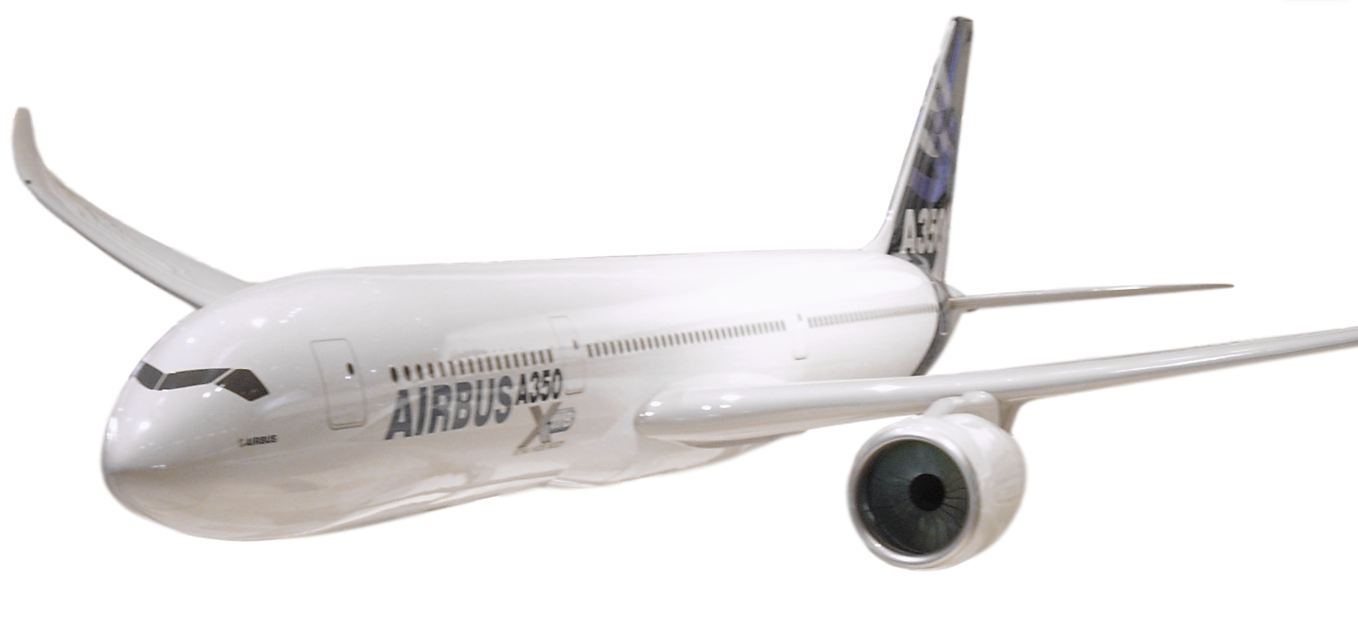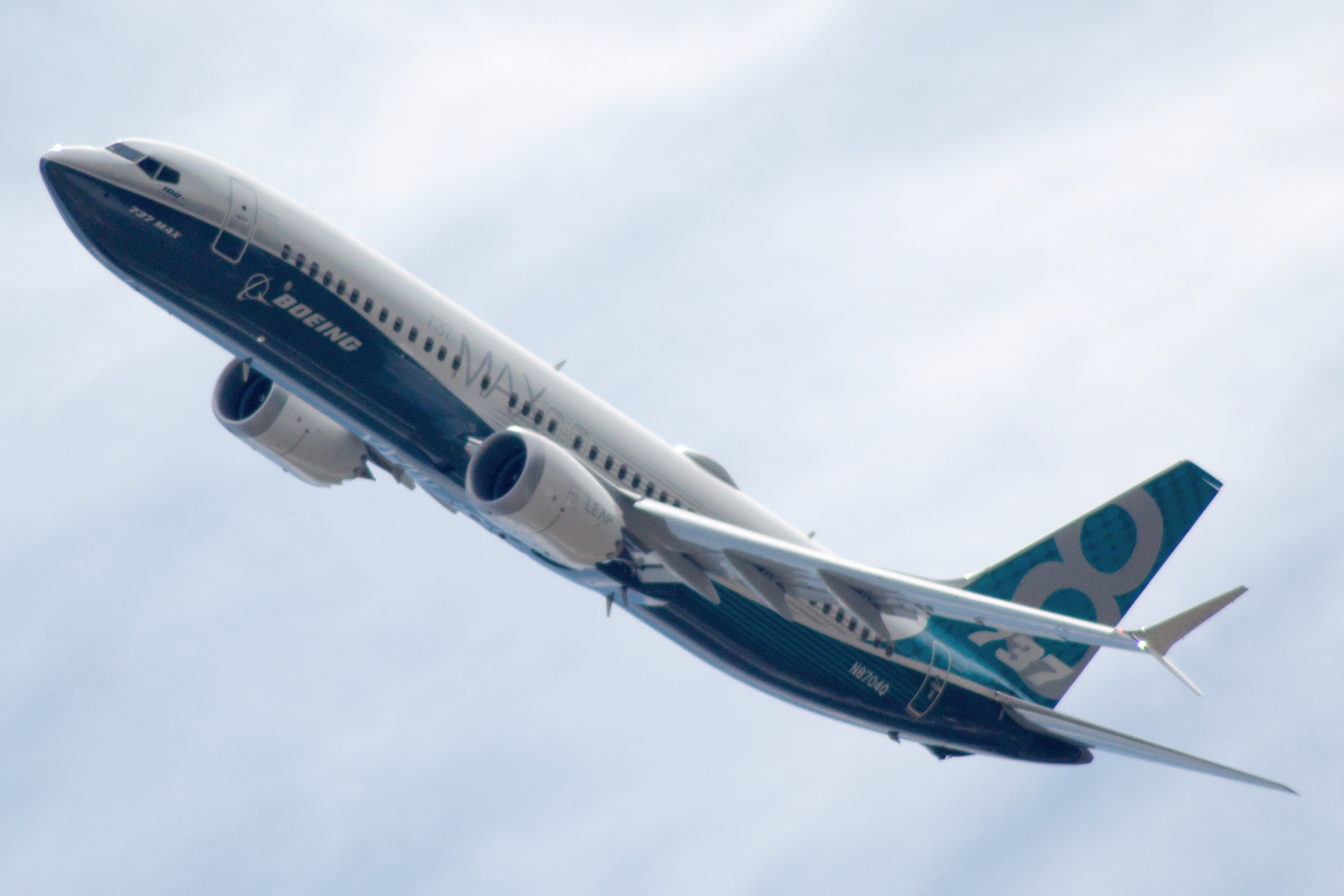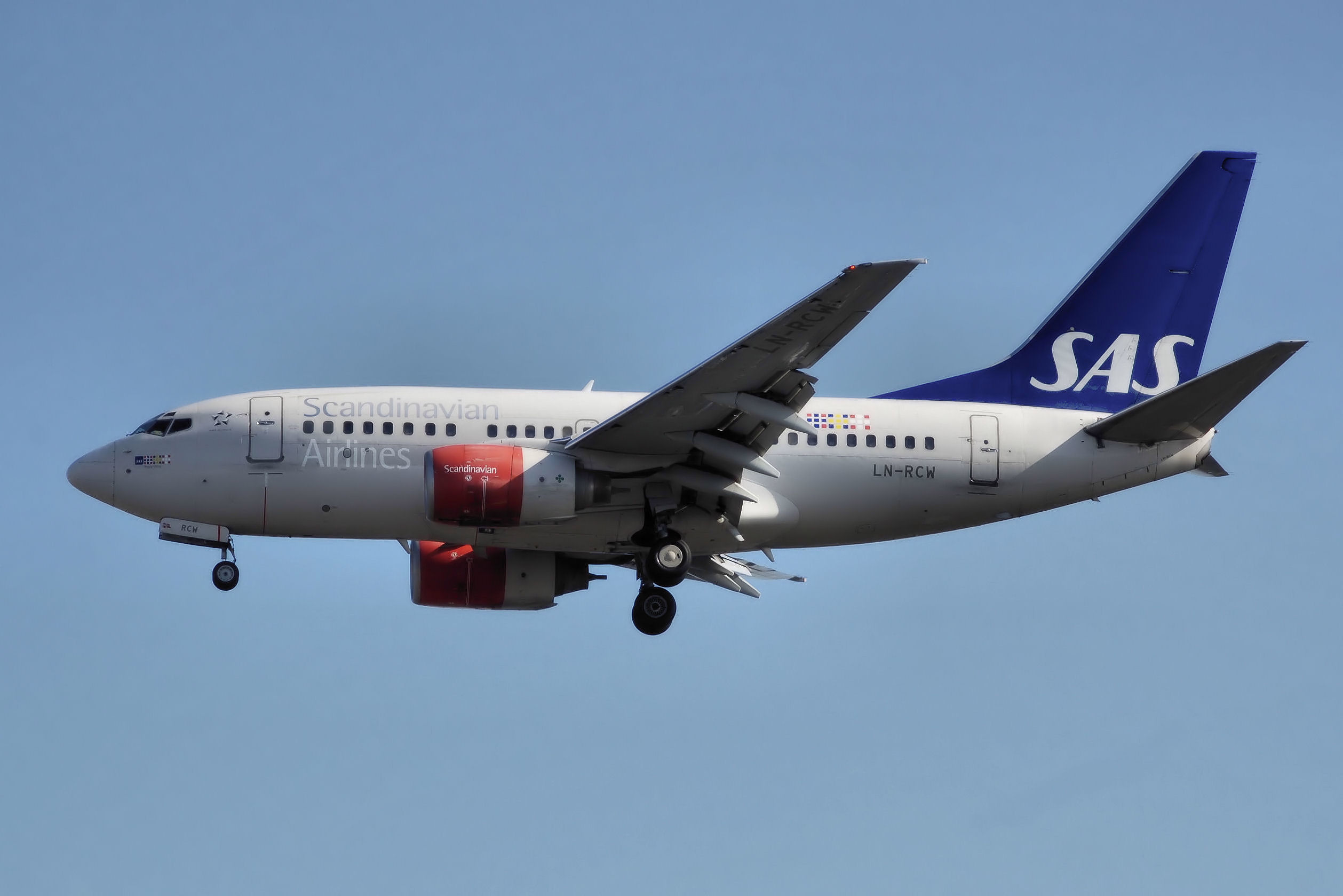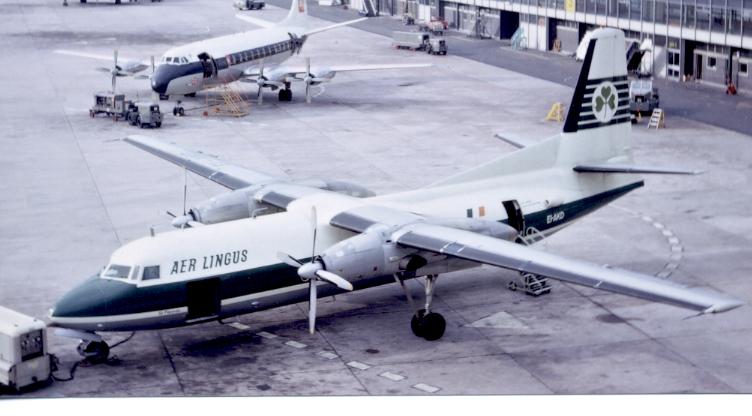|
Aircraft Approach Category
An aircraft approach category is a grouping which differentiates aircraft based on the speed at which the aircraft approaches a runway for landing. They are used to determine airspace, obstacle clearance and visibility requirements for instrument approaches. Definition The International Civil Aviation Organization (ICAO) classifies aircraft by their indicated airspeed at runway threshold ( Vat, also known as approach speed or VREF). The categories are as follows: *Category A: less than indicated airspeed (IAS) *Category B: or more but less than IAS *Category C: or more but less than IAS *Category D: or more but less than IAS *Category E: or more but less than IAS *Category H: Helicopters Helicopters may use Category A minima on instrument procedures designed for aeroplanes, or may use specific procedures designed for helicopters. Threshold speed is calculated as 1.3 times stall speed Vs0 or 1.23 times stall speed Vs1g in the landing configuration at maximum certific ... [...More Info...] [...Related Items...] OR: [Wikipedia] [Google] [Baidu] |
Instrument Approach
In aviation, an instrument approach or instrument approach procedure (IAP) is a series of predetermined maneuvers for the orderly transfer of an aircraft operating under instrument flight rules from the beginning of the initial approach to a landing, or to a point from which a landing may be made Visual approach, visually. These approaches are approved in the European Union by EASA and the respective country authorities, and in the United States by the Federal Aviation Administration, FAA or the United States Department of Defense for the military. The ICAO defines an instrument approach as "a series of predetermined maneuvers by reference to flight instruments with specific protection from obstacles from the initial approach fix, or where applicable, from the beginning of a defined arrival route to a point from which a landing can be completed and thereafter, if landing is not completed, to a position at which holding (aviation), holding or ''en route'' obstacle clearance criteri ... [...More Info...] [...Related Items...] OR: [Wikipedia] [Google] [Baidu] |
Boeing 707-320B
The Boeing 707 is an early American long-range narrow-body airliner, the first jetliner developed and produced by Boeing Commercial Airplanes. Developed from the Boeing 367-80 prototype, the initial first flew on December 20, 1957. Pan Am began regular 707 service on October 26, 1958. With versions produced until 1979, the 707 is a swept wing quadjet with podded engines. Its larger fuselage cross-section allowed six-abreast economy seating, retained in the later 720, 727, 737, and 757 models. Although it was not the first commercial jetliner in service, the 707 was the first to be widespread, and is often credited with beginning the Jet Age. It dominated passenger air-transport in the 1960s, and remained common through the 1970s, on domestic, transcontinental, and transatlantic flights, as well as cargo and military applications. It established Boeing as a dominant airliner manufacturer with its 7x7 series. The initial, was powered by Pratt & Whitney JT3C turbojet en ... [...More Info...] [...Related Items...] OR: [Wikipedia] [Google] [Baidu] |
Wake Turbulence Category
Wake turbulence categories and wake turbulence groups are defined by the International Civil Aviation Organization for the purpose of separating aircraft in flight, due to wake turbulence. Wake turbulence categories Since 2020, there are four categories, based on maximum certificated take-off mass:Amendment No. 9 to the Procedures for Air Navigation Services: Air Traffic Management (Doc 4444). ICAO, 5 November 2020Better URL needed./ref> * Light (L) — aircraft types of 7,000 kg or less. * Medium (M) — aircraft types more than 7,000 kg but less than 136,000 kg; and * Heavy (H) — all aircraft types of 136,000 kg or more, with the exception of aircraft types in Super (J) category; and * Super (J) — aircraft types specified as such in ICAO Doc 8643, Aircraft Type Designators. As of 2023, the only aircraft in Category J is the Airbus A380, with an MTOW of . Before its destruction, the single Antonov An-225 (MTOW of ) was classified by the FAA as Super, although it is classif ... [...More Info...] [...Related Items...] OR: [Wikipedia] [Google] [Baidu] |
Aircraft Category
An aircraft category is defined by the International Civil Aviation Organization as a "classification of aircraft according to specified basic characteristics", for the purpose of personnel licensing. Examples of aircraft categories include aeroplanes, helicopters, gliders, or free balloons. United States of America In the United States of America, there are seven aircraft categories for the purpose of certification of aircraft pilots: * Airplanes * Rotorcraft such as helicopters * Powered lift * Gliders * Lighter than air * Powered parachute * Weight-shift control Aircraft categories are also defined with respect to the certification of aircraft, to mean "a grouping of aircraft based upon intended use or operating limitations." Examples include transport, normal, utility, acrobatic, limited, restricted, and provisional. EASA In EASA states, "Category of aircraft" means a categorisation of aircraft according to specified basic characteristics. Examples include aeroplane, pow ... [...More Info...] [...Related Items...] OR: [Wikipedia] [Google] [Baidu] |
Space Shuttle
The Space Shuttle is a retired, partially reusable launch system, reusable low Earth orbital spacecraft system operated from 1981 to 2011 by the U.S. National Aeronautics and Space Administration (NASA) as part of the Space Shuttle program. Its official program name was the Space Transportation System (STS), taken from the 1969 plan led by U.S. vice president Spiro Agnew for a system of reusable spacecraft where it was the only item funded for development. The first (STS-1) of four orbital test flights occurred in 1981, leading to operational flights (STS-5) beginning in 1982. Five complete Space Shuttle orbiter vehicles were built and flown on a total of 135 missions from 1981 to 2011. They launched from the Kennedy Space Center (KSC) in Florida. Operational missions launched numerous satellites, interplanetary probes, and the Hubble Space Telescope (HST), conducted science experiments in orbit, participated in the Shuttle–Mir program, Shuttle-''Mir'' program with Russia, ... [...More Info...] [...Related Items...] OR: [Wikipedia] [Google] [Baidu] |
Northrop T-38 Talon
The Northrop T-38 Talon is a two-seat, twinjet Supersonic aircraft, supersonic jet trainer designed and produced by the American aircraft manufacturer Northrop Corporation. It was the world's first supersonic trainer as well as the most produced. The T-38 can be traced back to 1952 and Northrop's Northrop N-102 Fang, N-102 Fang and ''N-156'' fighter aircraft projects. During the mid-1950s, Northrop officials decided to adapt the N-156 to suit a recently issued general operating requirement by the United States Air Force (USAF) for a supersonic trainer to replace the Lockheed T-33. The bid was successful, in no small part due to its lower lifecycle cost comparisons to competing aircraft, and the company received an initial order to build three prototypes. The first of these, designated ''YT-38'', made its maiden flight on 10 April 1959. The T-38 was introduced to USAF service on 17 March 1961. The USAF is the largest operator of the T-38. Additional operators of the T-38 include ... [...More Info...] [...Related Items...] OR: [Wikipedia] [Google] [Baidu] |
Boeing 747-400
The Boeing 747-400 is a large, long-range wide-body airliner produced by Boeing Commercial Airplanes, an advanced variant of the initial Boeing 747. The ''Advanced Series 300'' was announced at the September 1984 Farnborough Airshow, targeting a 10% cost reduction with more efficient engines and of additional range. Northwest Airlines became the first customer with an order for 10 aircraft on October 22, 1985. The first 747-400 was rolled out on January 26, 1988, and made its maiden flight on April 29, 1988. Type certification was received on January 9, 1989, and it entered service with Northwest on February 9, 1989. It retains the 747 airframe, including the 747-300 stretched upper deck, with winglets. The 747-400 offers a choice of improved turbofans: the Pratt & Whitney PW4000, General Electric CF6-80C2 or Rolls-Royce RB211-524G/H. Its two-crew glass cockpit dispenses with the need for a flight engineer. It typically accommodates 416 passengers in a three-class layo ... [...More Info...] [...Related Items...] OR: [Wikipedia] [Google] [Baidu] |
Airbus A350-900
The Airbus A350 is a flight length, long-range, wide-body twin-engine airliner developed and produced by Airbus. The initial A350 design proposed in 2004, in response to the Boeing 787 Dreamliner, would have been a development of the Airbus A330 with composite wings, advanced winglets, and new efficient engines. Due to inadequate market support, Airbus switched in 2006 to a clean-sheet "XWB" (eXtra Wide Body) design, powered by two Rolls-Royce Trent XWB high bypass turbofan engines. The prototype first flew on 14 June 2013 from Toulouse, France. Type certification from the European Aviation Safety Agency (EASA) was obtained in September 2014, followed by certification from the Federal Aviation Administration (FAA) two months later. The A350 is the first Airbus aircraft largely made of carbon-fibre-reinforced polymers. The fuselage is designed around a 3-3-3 nine-across economy cross-section, an increase from the eight-across A330/A340 2-4-2 configuration. It has a common t ... [...More Info...] [...Related Items...] OR: [Wikipedia] [Google] [Baidu] |
Boeing 737-800
The Boeing 737 Next Generation, commonly abbreviated as 737NG, or 737 Next Gen, is a twinjet, twin-engine narrow-body aircraft produced by Boeing Commercial Airplanes. Launched in 1993 as the third-generation derivative of the Boeing 737, it has been produced since 1997. The 737NG is an upgrade of the Boeing 737 Classic, 737 Classic (–300/–400/–500) series. Compared to the 737 Classic, it has a redesigned wing with a larger area, a wider wingspan, greater fuel capacity, and higher maximum takeoff weights (MTOW) and longer range. It has CFM International CFM56#CFM56-7 series, CFM International CFM56-7 series engines, a glass cockpit, and upgraded and redesigned interior configurations. The series includes four variants, the –600/–700/–800/–900, seating between 108 and 215 passengers. The 737NG's primary Competition between Airbus and Boeing, competition is the Airbus A320 family. , a total of 7,126 737NG aircraft had been ordered, of which 7,116 had been delivered, ... [...More Info...] [...Related Items...] OR: [Wikipedia] [Google] [Baidu] |
Boeing 737-700
The Boeing 737 Next Generation, commonly abbreviated as 737NG, or 737 Next Gen, is a twin-engine narrow-body aircraft produced by Boeing Commercial Airplanes. Launched in 1993 as the third-generation derivative of the Boeing 737, it has been produced since 1997. The 737NG is an upgrade of the 737 Classic (–300/–400/–500) series. Compared to the 737 Classic, it has a redesigned wing with a larger area, a wider wingspan, greater fuel capacity, and higher maximum takeoff weights (MTOW) and longer range. It has CFM International CFM56-7 series engines, a glass cockpit, and upgraded and redesigned interior configurations. The series includes four variants, the –600/–700/–800/–900, seating between 108 and 215 passengers. The 737NG's primary competition is the Airbus A320 family. , a total of 7,126 737NG aircraft had been ordered, of which 7,116 had been delivered, with remaining orders for two -700, two -800, and 7 -800A variants. The most-ordered variant is the 737- ... [...More Info...] [...Related Items...] OR: [Wikipedia] [Google] [Baidu] |
McDonnell Douglas DC-9
The McDonnell Douglas DC-9 is an American five-abreast, single-aisle aircraft designed by the Douglas Aircraft Company. It was initially produced as the Douglas DC-9 prior to August 1967, after which point the company had merged with McDonnell Aircraft to become McDonnell Douglas. Following the introduction of its first jetliner, the high-capacity DC-8, in 1959, Douglas was interested in producing an aircraft suited to smaller routes. As early as 1958, design studies were conducted; approval for the DC-9, a smaller all-new jetliner, came on April 8, 1963. The DC-9-10 first flew on February 25, 1965, and gained its type certificate on November 23, to enter service with Delta Air Lines on December 8. The DC-9 is powered by two rear-mounted Pratt & Whitney JT8D low-bypass turbofan engines under a T-tail for a cleaner wing aerodynamic. It has a two-person flight deck and built-in airstairs to better suit smaller airports. The aircraft was capable of taking off from 5,000 ft r ... [...More Info...] [...Related Items...] OR: [Wikipedia] [Google] [Baidu] |
Fokker F27 Friendship
The Fokker F27 Friendship is a turboprop airliner developed and manufactured by the Dutch aircraft manufacturer Fokker. It is the most numerous post-war aircraft manufactured in the Netherlands; the F27 was also one of the most successful European airliners of its era. The F27 was developed during the early 1950s with the intent of producing a capable successor to the earlier piston engine-powered airliners that had become commonplace on the market, such as the Douglas DC-3. A key innovation of the F27 was the adoption of the Rolls-Royce Dart turboprop engine, which produced substantially less vibration and noise which provided improved conditions for passengers; another major comfort feature was cabin pressurisation. Innovative manufacturing techniques were also employed in the aircraft's construction. On 24 November 1955, the F27 made its maiden flight; on 19 November 1958, the type was introduced to revenue service. Shortly after its introduction, the F27 was recognised as ... [...More Info...] [...Related Items...] OR: [Wikipedia] [Google] [Baidu] |







